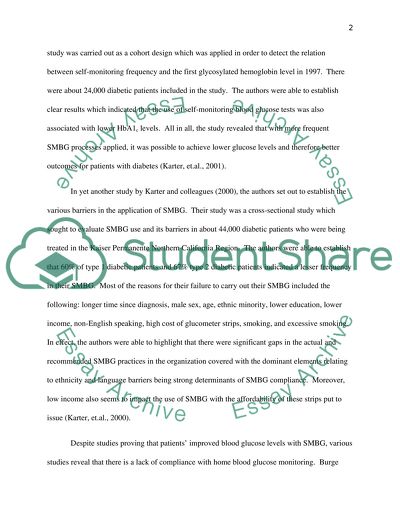Cite this document
(“Effectiveness of reminders in increasing compliance to SBGM Essay”, n.d.)
Retrieved from https://studentshare.org/nursing/1396502-effectiveness-of-reminders-in-increasing-compliance-to-sbgm
Retrieved from https://studentshare.org/nursing/1396502-effectiveness-of-reminders-in-increasing-compliance-to-sbgm
(Effectiveness of Reminders in Increasing Compliance to SBGM Essay)
https://studentshare.org/nursing/1396502-effectiveness-of-reminders-in-increasing-compliance-to-sbgm.
https://studentshare.org/nursing/1396502-effectiveness-of-reminders-in-increasing-compliance-to-sbgm.
“Effectiveness of Reminders in Increasing Compliance to SBGM Essay”, n.d. https://studentshare.org/nursing/1396502-effectiveness-of-reminders-in-increasing-compliance-to-sbgm.


